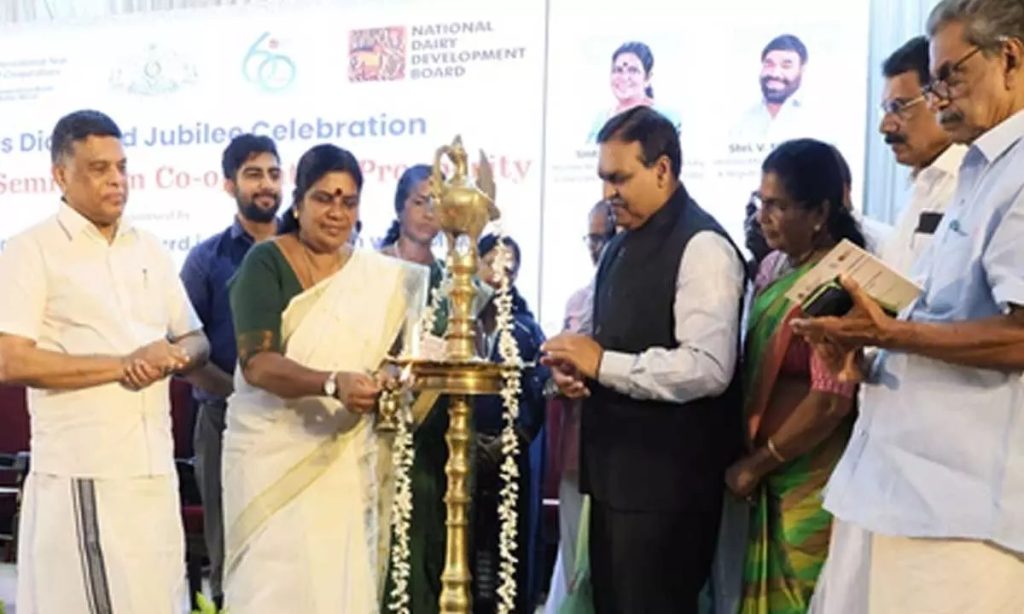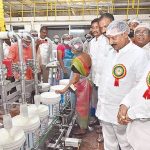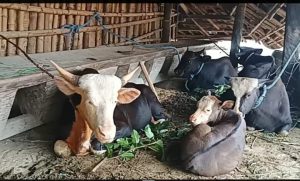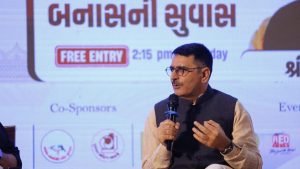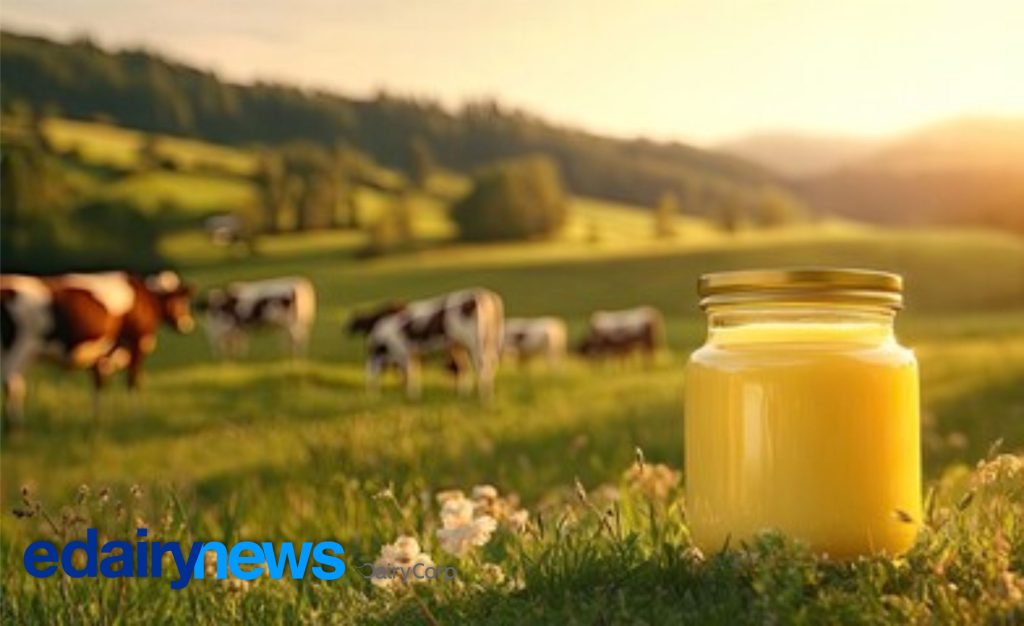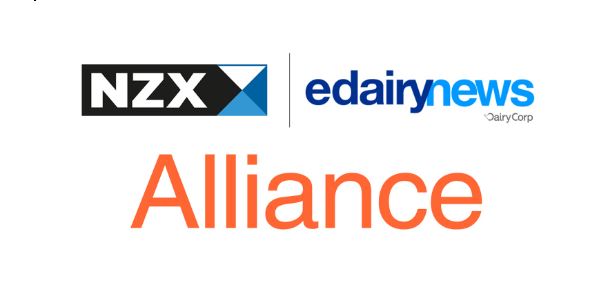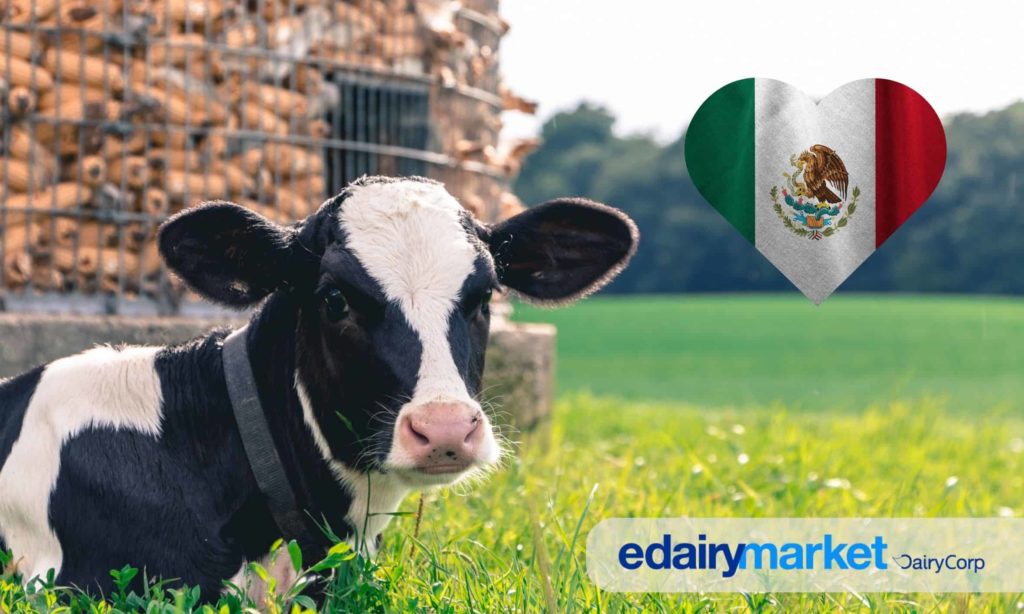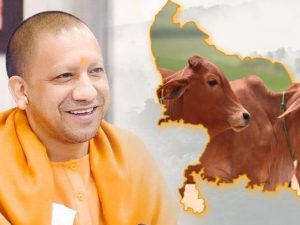
Milma and NDDB Launch ‘White Revolution 2.0’ Initiatives to Double Kerala’s Milk Production and Scale Co-op Turnover to ₹10,052 Crore.
The Indian state of Kerala is launching an ambitious initiative, supported by the National Dairy Development Board (NDDB), to claim the title of the nation’s largest milk producer, moving beyond its current second-place ranking behind Punjab. Animal Husbandry and Dairy Development Minister J. Chinchurani stated that targeted interventions are being rolled out to address key production hurdles, primarily land scarcity which limits feed and fodder cultivation. The overarching strategy is focused on achieving sustainable growth and self-sufficiency by lowering production costs, improving cattle productivity, and aggressively leveraging modern technology across the dairy sector.
A crucial element of this modernization push is the state-wide expansion of the e-Samrudha digital livestock and e-health management system, successfully piloted in the Pathanamthitta district. Furthermore, the Kerala Cooperative Milk Marketing Federation (KCMMF), known by the brand Milma, is driving a massive financial and operational expansion. Milma Chairman K.S. Mani presented a roadmap targeting a 15% annual growth rate, aiming to scale the federation’s turnover from ₹4,327.24 crore (in 2024–25) to a monumental ₹10,052 crore by 2030.
The NDDB is playing a strategic role, aligning its efforts under a new “White Revolution 2.0” to strengthen the national cooperative dairy ecosystem. NDDB Chairman Meenesh C. Shah outlined the board’s plan to significantly increase milk procurement nationwide to over 10 crore liters per day within the next four to five years. Shah emphasized that the collective efforts of over eight crore dairy farmers have already made India the world’s largest milk producer, though he cautioned that challenges such as adulteration and the low share of organized milk marketing—currently only 32–35 percent—must be urgently addressed.
Milma’s growth strategy extends beyond simple procurement, focusing heavily on market penetration and value-added product distribution. Plans include expanding the federation’s product footprint into high-traffic, non-traditional locations such as airports, harbors, and cruise ships. Locally, Milma is enhancing urban access by installing dedicated vending machines at 25 Kochi metro stations through its Ernakulam Regional Co-operative Milk Producers’ Union, ensuring their presence in dynamic consumer hubs.
Cooperation Minister V.N. Vasavan underlined the significant social impact of these cooperative initiatives, crediting Milma with transforming rural livelihoods across the state. The unified push, encompassing technological upgrades, aggressive market expansion, and a focus on bringing more farmers into the cooperative network, is positioning Kerala not just for national dominance in milk production, but for establishing a more organized, higher-value, and socially impactful model for the entire Indian dairy industry.
Source: Find the complete news on Kerala’s dairy sector goals from The Hans India.
You can now read the most important #news on #eDairyNews #Whatsapp channels!!!
🇮🇳 eDairy News ÍNDIA: https://whatsapp.com/channel/0029VaPidCcGpLHImBQk6x1F
